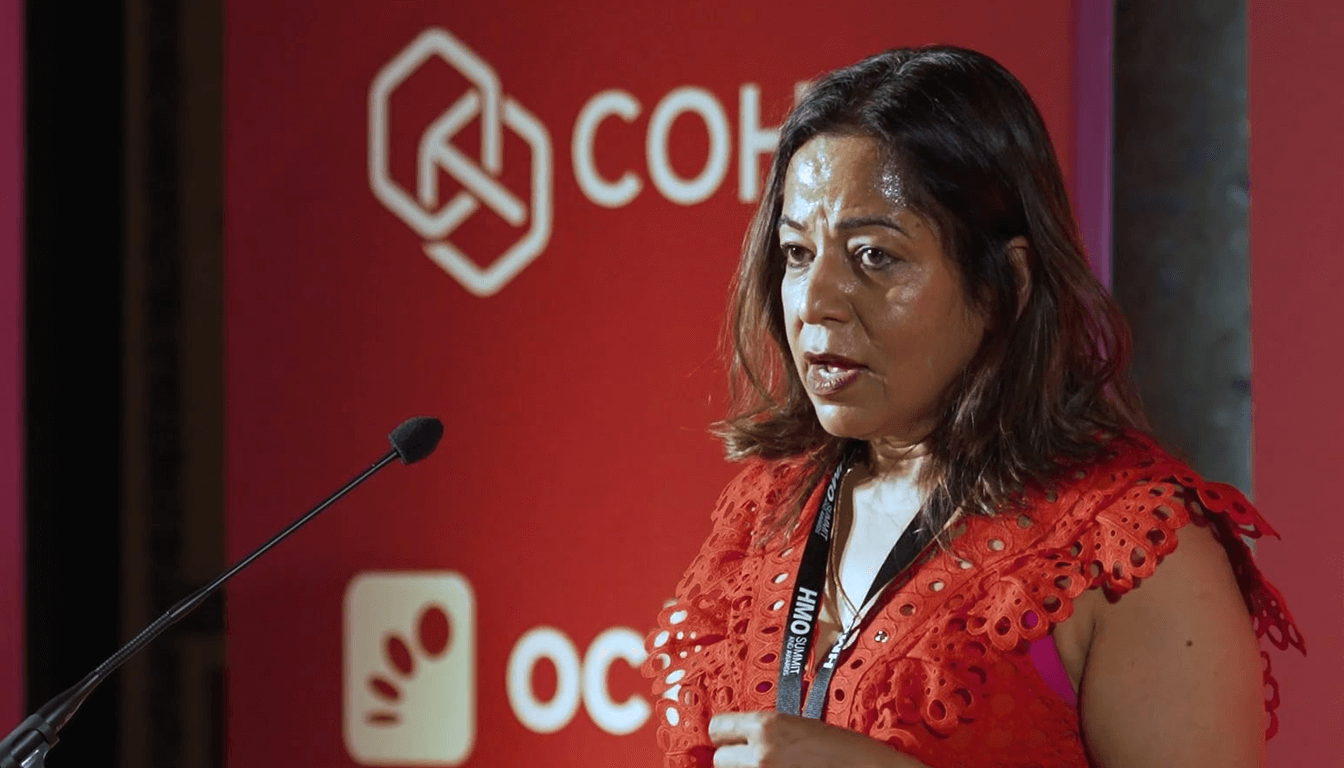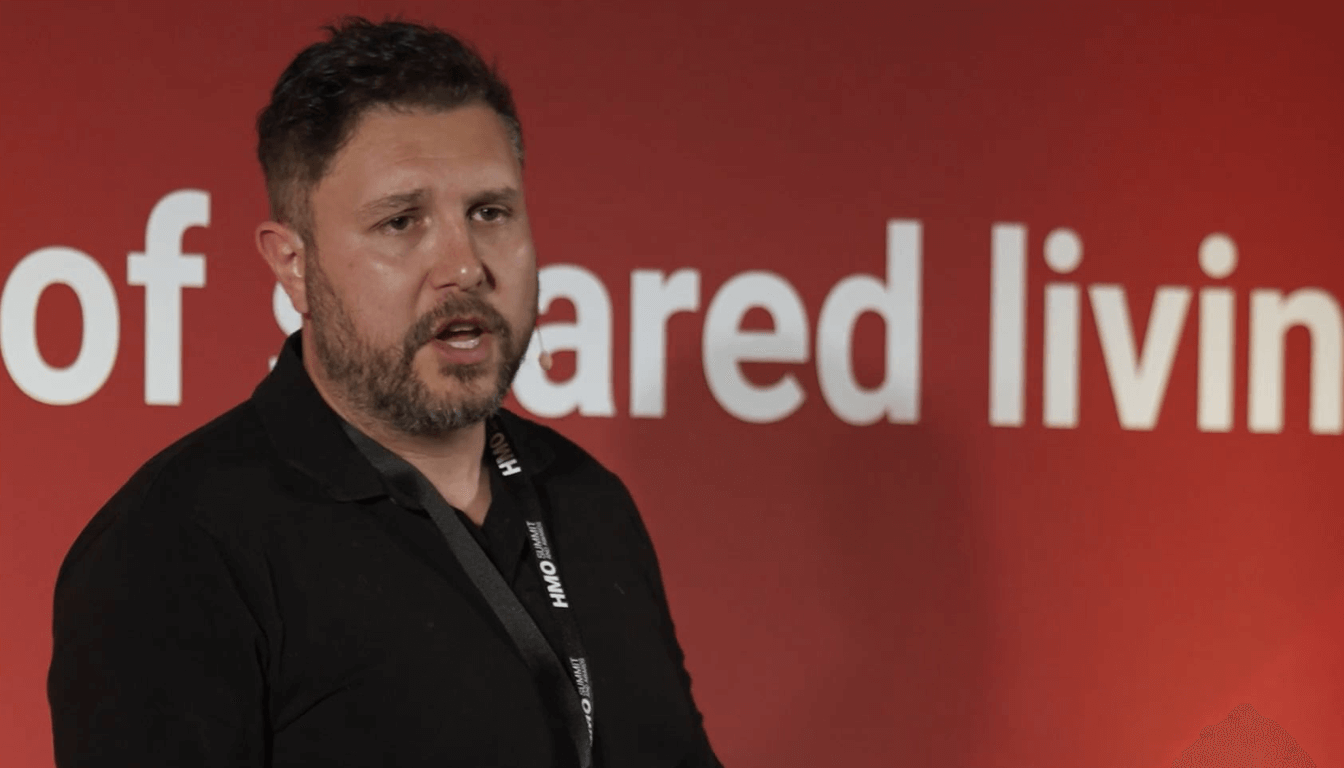The HMO market has matured. What used to be “buy, cram, and hope” has been replaced by a harsher reality: valuers want evidence, lenders want security, and buyers want repeatable, operationally sound assets. If you build a high-quality, well-managed, data-backed HMO you’ll be rewarded,but the margin for error has tightened. Below I pull together the panel’s best practical insights and a step-by-step checklist you can use today to protect and improve your HMO’s valuation.
Why valuations for HMOs are part art, part science
Valuers use models (yields, ERV, comparables) but HMOs are local, operational businesses as much as they’re bricks-and-mortar. That means:
- Science = rental roll, yields, comparable sales, EPC, space standards.
- Art = local knowledge, tenant quality, how the space “works” in reality, and evidence that your house performs better than the average HMO nearby.
A good valuer will combine both. An algorithm alone rarely gives you a bankable valuation for complex, high-occupancy HMO stock.
Market snapshot (short): what’s changing right now
- Some lenders are opening up (competition after recent lending squeezes), which temporarily helps valuations. That can reverse quickly.
- Sold comps on Land Registry are lagging and often reflect distress or entry-level stock,don’t rely on them alone.
- Quality HMOs are increasingly treated like boutique rental products. Higher finish + better management → stronger income profile → better valuations.
- Small mistakes (tiny rooms, poor layouts, unproven rent levels) get penalised more now than in past cycles.
Biggest valuation traps (and how to avoid them)
- Over-reliance on optimistic GDV,don’t assume future rents will always rise. Stress-test.
- Tiny rooms / non-compliant spaces,measurements matter. Local authorities and valuers are looking at space standards.
- No data / weak evidence,high advertised room rates aren’t enough. Demonstrate actual recent lets, occupancy, and turnover stats.
- Tenant-type shift without planning/mortgage checks,switching to supported housing or a rent-to-rent model can change your mortgage terms overnight.
- Over-leveraging on a commercial valuation without contingency for yield or rent compression.
Design & operational levers that increase valuation
- Thoughtful layout,rooms with good storage, sensible furniture layouts, and adequate circulation space reduce voids and complaints.
- En-suites & kitchenette strategy,use the right kitchenette type (standalone vs built-in) for planning and maintainability.
- High-quality finish that solves problems,durable materials, good ventilation and moisture control, robust sockets/lighting placement. Small design decisions save big on maintenance costs.
- Brand & management evidence,consistent high occupancy, tenant retention, documented SOPs and a visible maintenance regime prove your asset is a better risk.
- Proof of market,recent lets at target rents, pre-lets, or waiting lists show real demand.
Practical valuation prep pack,what to assemble BEFORE you ask a valuer or lender
Bring the following to the valuer/lender meeting,it materially improves outcomes.
Document pack (essential)
- Current signed tenancy agreements & scan of last 12 months rent receipts.
- 12–36 month occupancy & void history (house-by-house).
- Recent comparable if available (private evidence counts) + local rent comps.
- Photographic inventory and dated check-in/check-out reports.
- Maintenance log & CAPEX schedule (last 3 years + planned works).
- EPCs, gas & electrical certificates, smoke/CO certificates.
- Clear floor plans with room sizes and usable space highlighted.
- Evidence of any pre-lets, waiting lists or local employer demand.
- If a conversion: planning approvals, prior approvals, and clear PD timeline.
Commercial pack (recommended)
- A short operations P&L for the property (profit & loss) showing net income, management and running costs.
- Stress-test models showing downside scenarios (-10% rent, +1% yield) and your contingency (cash buffer, alternate exit).
- A one-page “asset story” summarising tenant mix, USP (why it trades at a premium), and management processes.
3 immediate actions to protect (or improve) your valuation
- Measure rooms properly and adjust layouts if any room is borderline,make small changes now rather than explain problems later.
- Document performance,get the last 12 months of occupancy/rent roll on paper (CSV/Spreadsheet + PDF). If you can’t show it, it’s assumed not to exist.
- Get a specialist broker/valuer early,use someone who does HMOs frequently and will tell you what lenders actually accept.
Sell-side thinking: prepare long before you need to
Many owners only prepare when they’re forced to sell or refinance. Preparing earlier:
- Smooths the refinance journey,
- Gives you time to fix issues cheaply,
- Lets you create favourable comps for your local market.
If you’re planning to sell in 12–36 months, start building your valuation pack today.
Final word: leverage is a tool,use it wisely
Commercial valuations and high LTVs are useful growth levers,but they increase vulnerability to yield and rent swings. Ask yourself: If rents drop 10% or yield moves 1% what happens? If you can still meet mortgage and service costs comfortably or have a clear contingency, you’re taking an informed risk. If not,reduce leverage or fix the operational gaps first.
The HMO market has matured. What used to be “buy, cram, and hope” has been replaced by a harsher reality: valuers want evidence, lenders want security, and buyers want repeatable, operationally sound assets. If you build a high-quality, well-managed, data-backed HMO you’ll be rewarded,but the margin for error has tightened. Below I pull together the panel’s best practical insights and a step-by-step checklist you can use today to protect and improve your HMO’s valuation.
Why valuations for HMOs are part art, part science
Valuers use models (yields, ERV, comparables) but HMOs are local, operational businesses as much as they’re bricks-and-mortar. That means:
- Science = rental roll, yields, comparable sales, EPC, space standards.
- Art = local knowledge, tenant quality, how the space “works” in reality, and evidence that your house performs better than the average HMO nearby.
A good valuer will combine both. An algorithm alone rarely gives you a bankable valuation for complex, high-occupancy HMO stock.
Market snapshot (short): what’s changing right now
- Some lenders are opening up (competition after recent lending squeezes), which temporarily helps valuations. That can reverse quickly.
- Sold comps on Land Registry are lagging and often reflect distress or entry-level stock,don’t rely on them alone.
- Quality HMOs are increasingly treated like boutique rental products. Higher finish + better management → stronger income profile → better valuations.
- Small mistakes (tiny rooms, poor layouts, unproven rent levels) get penalised more now than in past cycles.
Biggest valuation traps (and how to avoid them)
- Over-reliance on optimistic GDV,don’t assume future rents will always rise. Stress-test.
- Tiny rooms / non-compliant spaces,measurements matter. Local authorities and valuers are looking at space standards.
- No data / weak evidence,high advertised room rates aren’t enough. Demonstrate actual recent lets, occupancy, and turnover stats.
- Tenant-type shift without planning/mortgage checks,switching to supported housing or a rent-to-rent model can change your mortgage terms overnight.
- Over-leveraging on a commercial valuation without contingency for yield or rent compression.
Design & operational levers that increase valuation
- Thoughtful layout,rooms with good storage, sensible furniture layouts, and adequate circulation space reduce voids and complaints.
- En-suites & kitchenette strategy,use the right kitchenette type (standalone vs built-in) for planning and maintainability.
- High-quality finish that solves problems,durable materials, good ventilation and moisture control, robust sockets/lighting placement. Small design decisions save big on maintenance costs.
- Brand & management evidence,consistent high occupancy, tenant retention, documented SOPs and a visible maintenance regime prove your asset is a better risk.
- Proof of market,recent lets at target rents, pre-lets, or waiting lists show real demand.
Practical valuation prep pack,what to assemble BEFORE you ask a valuer or lender
Bring the following to the valuer/lender meeting,it materially improves outcomes.
Document pack (essential)
- Current signed tenancy agreements & scan of last 12 months rent receipts.
- 12–36 month occupancy & void history (house-by-house).
- Recent comparable if available (private evidence counts) + local rent comps.
- Photographic inventory and dated check-in/check-out reports.
- Maintenance log & CAPEX schedule (last 3 years + planned works).
- EPCs, gas & electrical certificates, smoke/CO certificates.
- Clear floor plans with room sizes and usable space highlighted.
- Evidence of any pre-lets, waiting lists or local employer demand.
- If a conversion: planning approvals, prior approvals, and clear PD timeline.
Commercial pack (recommended)
- A short operations P&L for the property (profit & loss) showing net income, management and running costs.
- Stress-test models showing downside scenarios (-10% rent, +1% yield) and your contingency (cash buffer, alternate exit).
- A one-page “asset story” summarising tenant mix, USP (why it trades at a premium), and management processes.
3 immediate actions to protect (or improve) your valuation
- Measure rooms properly and adjust layouts if any room is borderline,make small changes now rather than explain problems later.
- Document performance,get the last 12 months of occupancy/rent roll on paper (CSV/Spreadsheet + PDF). If you can’t show it, it’s assumed not to exist.
- Get a specialist broker/valuer early,use someone who does HMOs frequently and will tell you what lenders actually accept.
Sell-side thinking: prepare long before you need to
Many owners only prepare when they’re forced to sell or refinance. Preparing earlier:
- Smooths the refinance journey,
- Gives you time to fix issues cheaply,
- Lets you create favourable comps for your local market.
If you’re planning to sell in 12–36 months, start building your valuation pack today.
Final word: leverage is a tool,use it wisely
Commercial valuations and high LTVs are useful growth levers,but they increase vulnerability to yield and rent swings. Ask yourself: If rents drop 10% or yield moves 1% what happens? If you can still meet mortgage and service costs comfortably or have a clear contingency, you’re taking an informed risk. If not,reduce leverage or fix the operational gaps first.









